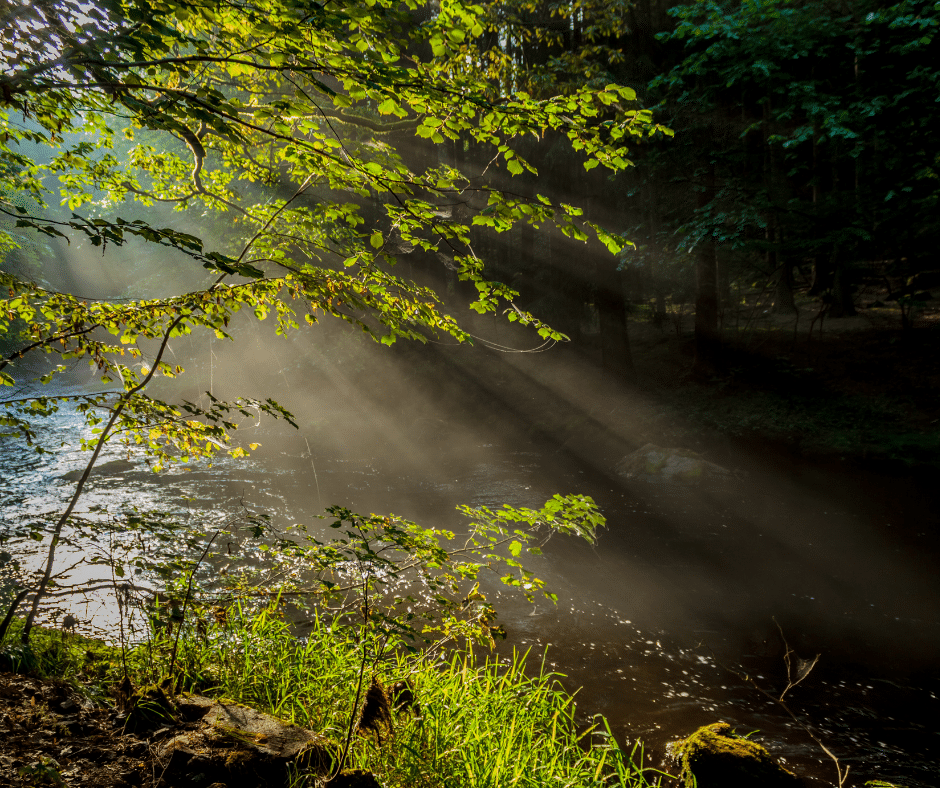Photosynthesis is a vital process for nearly all life on Earth, and scientists don’t yet fully understand its intricacies. The word “photosynthesis” means ‘building with light’. It’s a calque of Greek words φως (phōs) meaning ‘light’ and συνθεσία (synthesis) meaning ‘to put together. Below are some things you need to know about photosynthesis.

Photosynthesis is the process by which green plants and some bacteria produce food from carbon dioxide and water using energy from sunlight. It’s familiar to us because it happens everywhere: inside the bodies of plants, in our own bodies, and around us in the environment.
The energy from sunlight is used to split water into hydrogen and oxygen. On Earth, it’s plants that transform sunlight into food, but other organisms are also able to do this too. Some animals rely on the energy from plants; others make their own food. For example, some organisms can use the energy stored in dead plant material or in animal poo, which they then use as food (known as heterotrophs). Animals that eat other animals are known as carnivores.

Another thing you need to know about photosynthesis is that it’s the basis for the global carbon cycle.It’s the process by which carbon moves around the Earth’s atmosphere, water and land systems between living organisms. Plants and animals take up carbon dioxide when they breathe or eat. Animals then release the carbon to be used by plants in photosynthesis. This makes the air, water and land systems keep in a constant balance of carbon dioxide being taken up and released. This process is essential for the Earth to stay within a certain level of carbon dioxide so that it doesn’t get too warm.

Conclusion
To conclude, photosynthesis is familiar to us because it happens everywhere: inside the bodies of plants, in our own bodies, and around us in the environment. The energy from sunlight is used to split water into hydrogen and oxygen. On Earth, it’s plants that transform sunlight into food, but other organisms are also able to do this too. Some animals rely on the energy from plants; others make their own food.
